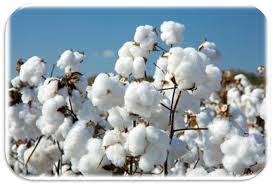By Kay Ledbetter
A newly developed fertilizer system will provide nutrition to engineered cotton crops worldwide and a deadly dose to weeds that are increasingly herbicide resistant, according to a Texas A&M AgriLife Research study.
The new system applies phosphite to cotton crops engineered to express a certain gene — a gene that makes cotton able to process the phosphite into nutrition while the same compound suppresses weeds that are unable to use it, researchers said.
“Our researchers here at Texas A&M AgriLife have addressed an issue that costs producers billions of dollars,” said Dr. Patrick Stover, vice chancellor of agriculture and life sciences at Texas A&M in College Station and AgriLife Research acting director.
“This is an economical, environmentally safe and sustainable solution.
“We have determined ptxD-expressing cotton plants can utilize phosphite as a sole source of phosphorus while weeds cannot, thus making it effective at suppressing weed growth,”[Keerti Rathore, an AgriLife Research plant biotechnologist in College Station] said.
The transgenic plants expressing the bacterial ptxD gene gain an ability to convert phosphite into orthophosphate, he said. Such plants allow for a selective fertilization scheme, based on phosphite as the sole source of phosphorous for the crop, while offering an effective alternative to suppress the growth of weeds that are unable to utilize this form of phosphorus.” Genetic Literary Project
Editor’s note: Read the full study
Read full, original post: Engineered cotton uses weed-suppression chemical as nutrient


